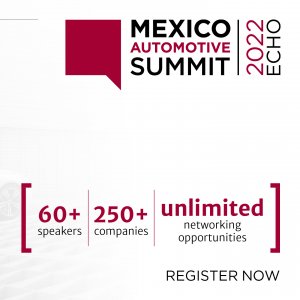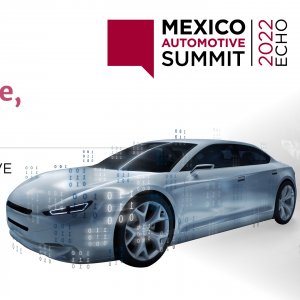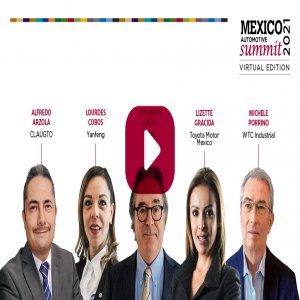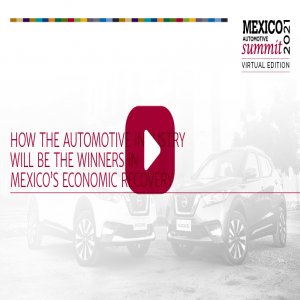
The Future of the Mexican Automotive Industry
Speaker: María Verónica Orendain de los Santos, Director General of Heavy Industry and High Technology, Ministry of Economy
María Verónica Orendain de los Santos, Director General of Heavy Industry and High Technology at the Ministry of Economy, began her presentation by explaining the way the automotive industry invests and produces has never been more crucial. Since 2009, Mexico has been diversifying its automotive export destinations and has now achieved an interesting mix. “It is important to explore and enter non-traditional markets with attractive profit margins for companies that are present in Mexico,” she said. Conversely, Mexico is an attractive investment destination because, according to Orendain, it can lower production costs by up to 20% against most nations it competes against. The international reputation of Mexico as an automotive investment destination of choice has reached down to the local level, with cities like Monterrey, Reynosa and Puebla ranking high on international rankings of cities to invest in.
Mexico also has a growing participation in the US automotive market, Orendain pointed out, with US$17.5 billion coming from the US into the Mexican automotive sector over the last five years. However, the Director General believes that Mexico should not rest on its laurels and that the arrival of ever more manufacturing plants could see the levels of investment double by detonating business between OEMs and suppliers at various level of the supply chain.
After all, automotive demand in North America alone is expected to grow by 30% over the next few years. “We expect stronger markets and more demanding consumers in areas such as energy efficiency, fuel consumption, and comfort. The industry will have to adapt to these requirements,” said Orendain. These trends bring about topics such as innovation, human capital, and new technologies, which provide Mexico with plenty opportunities to deepen its structural transformation.
Orendain mentioned the Inventory of National Capacities for the Development of the Automotive Industry as having mapped certain elements upon which to draw important conclusions about the future of the industry. First, the Inventory considered technological infrastructure, consisting of private resources directed at research centers and universities that have invested in technology. Second, Orendain mentioned human resources with the capability of developing technology. Finally, she explained that these research lines have to be able to properly assist the positioning of the automotive industry by understanding and answering its needs. The results from mapping these three components indicate that Mexico is indeed very active in implementing R&D in its manufacturing processes. Orendain gladly stated that the days of simple automotive manufacturing in Mexico were long gone. In addition, the study based on the inventory showed a strong link between industry, government, and academia when these collaborate in large projects, although precious few of such efforts were aimed at technological development.
This led Orendain to conclude that the Ministry of Economy is therefore concentrating its efforts in making it less costly to invest in technology, but that this can ultimately only be achieved through scaled-up collaboration.
















